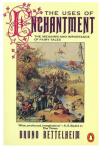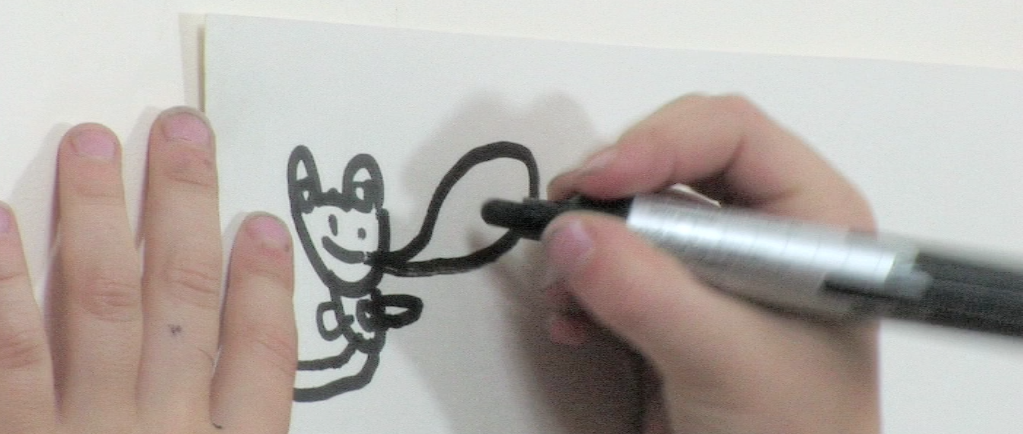Recent Musings…
The role of narrative in ceramics is more likely to conjour thoughts of Sevres or Staffordshire Flat-backs than prompt thoughts of cognitive and emotional processes. Yet consider narrative as simply a sequential moving through thoughts or events and its activity begins to closely mirror that which we engage with on a daily basis, as we move around the world – the mechanisms are the same. The difference between narrative and the activity of perception lies in the fact that narrative identifies a fragment of experience (fictional or real) and presents it in retell-able form.
Narrative can be understood as a freezing or suspension of an event from its usual place in the continuity of life. Emphasis or priority might also be given to some aspects over others such as the beginning, middle and end of a tale, to lead us through sequences and enable us to comprehend the fragment as a whole, without aditional information. That same activity can also be achieved within a static artwork, it is simply a matter of understanding the different ways in which we process information; from first glance to being led around a composition, being drawn into detail, to the image as it remains in your mind as you walk away etc.
Narrative is an important aspect of flowcreate in regard its ability to create a space in which a viewer can engage, be prompted to forge their own connections and associations.
So, to begin with i am reading two books which examine this phenomena in two very different ways:
Seymour Benjamin Chatman, Story and Discourse: Narrative Structure in Fiction and Film
 Narrative Structure in Fiction and Film. ‘For the specialist in the study of narrative structure, this is a solid and very perceptive exploration of the issues salient to the telling of a story-whatever the medium. Chatman, whose approach here is at once dualist and structuralist, divides his subject into the ‘what’ of the narrative (Story) and the ‘way'(Discourse)… Chatman’s command of his material is impressive’.
Narrative Structure in Fiction and Film. ‘For the specialist in the study of narrative structure, this is a solid and very perceptive exploration of the issues salient to the telling of a story-whatever the medium. Chatman, whose approach here is at once dualist and structuralist, divides his subject into the ‘what’ of the narrative (Story) and the ‘way'(Discourse)… Chatman’s command of his material is impressive’.
Bruno Bettelheim, The Uses of Enchantment: The Meaning and Importance of fairy Tales,
 Wicked stepmothers and beautiful princesses …magic forests and enchanted towers …little pigs and big bad wolves …Fairy tales have been an integral part of childhood for hundreds of years. But what do they really mean? In this award-winning work of criticism, renowned psychoanalyst Dr Bruno Bettelheim presents a thought provoking and stimulating exploration of the best-known fairy stories. He reveals the true content of the stories and shows how children can use them to cope with their baffling emotions and anxieties
Wicked stepmothers and beautiful princesses …magic forests and enchanted towers …little pigs and big bad wolves …Fairy tales have been an integral part of childhood for hundreds of years. But what do they really mean? In this award-winning work of criticism, renowned psychoanalyst Dr Bruno Bettelheim presents a thought provoking and stimulating exploration of the best-known fairy stories. He reveals the true content of the stories and shows how children can use them to cope with their baffling emotions and anxieties

